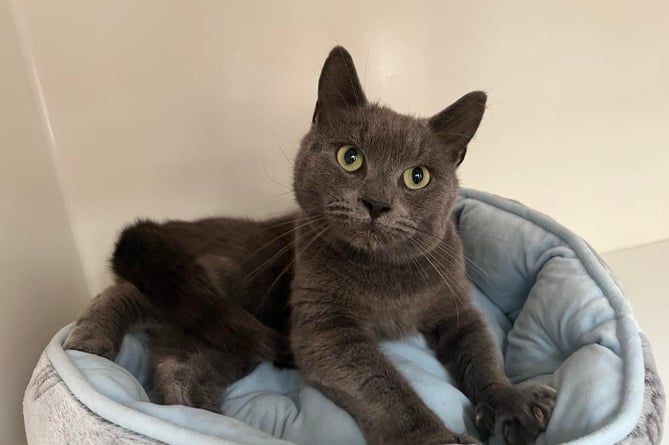Cats scratching furniture, carpets and wallpaper is surprisingly common.
Many cats owners simply accept the behaviour as part and parcel of having a cat, but there are some ways to discourage such scratching.
First and foremost, we need to understand why cats need to scratch.
They are not being deliberately naughty – scratching is an instinctive behaviour and cats are naturally born to do it.
A scratch that’s made in a plucking motion is done for claw maintenance because it removes then outer sheath of a cat’s nail.
A scratch that’s made as a vertical mark is usually intended to be a visual marker to other cats.
It also enables the scent glands that lie between a cat’s toes to rub against the surface being scratched. In this way, a cat can mark out its territory and leave a message for other cats.
The best way to discourage your cat from scratching is to give them an alternative surface to scratch.
If your cat is scratching horizontal surfaces like carpets, try giving them a coir door mat to use instead.
If your cat typically scratches vertical surfaces then use a vertical scratching post, but make sure it’s at least 60cm tall to make it more appealing (cats like to stretch and scratch).
The discerning cat will also ignore a post that wobbles.
There is a huge range of cat scratching posts available commercially, made from cardboard, carpet of thick thread.
You may need to experiment before you find your cat’s preferred choice, or you could make your own scratching post instead.
The most straight forward design to follow is to simply roll up a large carpet sample or offcut so that it forms a long tube, and secure it with cable ties.
Then keep it upright by attaching it with another cable tie to a table leg or other piece of furniture.
Cats like to have a choice of posts and mats, and if you have more than one cat you’ll need several because cats generally don’t like to share.
Place the scratching facilities near to where your cat is doing the unwanted scratching, and where he or she likes to sleep.
And given cats are renowned for not doing what we want them to, entice them to use the mats and posts by sprinkling them with catnip dust, or by spraying them with liquid catnip (but aim carefully and don’t accidentally spray your carpet!).
Once you have offered a suitable alternative, you can then deter your cat from scratching a sofa or chair by covering it temporarily with kitchen foil – helping to redirect their need to scratch.
If you can’t cover up a surface, then you could try rubbing a small amount of menthol onto it (the sort you use when you have a cold).
However frustrating it can be, don’t shout at your cat or punish them for unwanted scratching.
Your cat won’t make the association between their scratching and you telling them off and being angry.
Instead this may make the problem worse, and your cat may develop other stress-related behavioral issues such as spraying or over grooming.
We can’t make any promises that handsome three-year-old Teddy won’t be a furniture wrecker, but we can guarantee that he’ll be an affectionate and loving companion.
He’s the sort of cat who craves human attention, and he even enjoys being examined by a vet.
He was handed in to us because his previous owners are moving home and they can’t take him with them.
He has lived with children, dogs and other cats and enjoys being parts of a family, but he is not dominant in any way and he can be wary of strangers.
He’s a really sweet cat and won’t be in our cattery for long, and so please act quickly if you’d like to meet him. Our cattery is open from 1pm to 4pm every day except Mondays and Thursdays.




